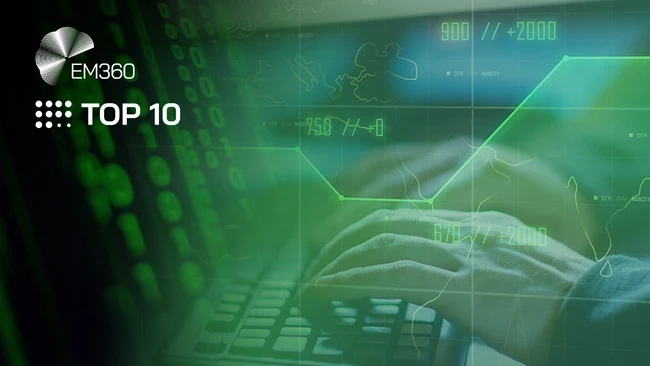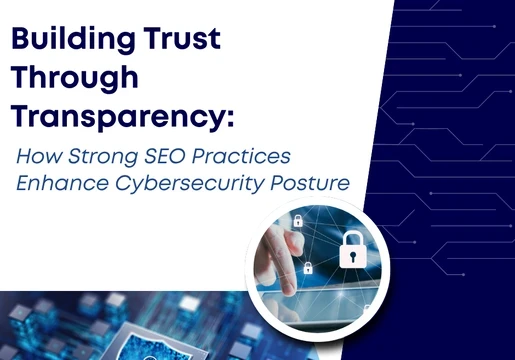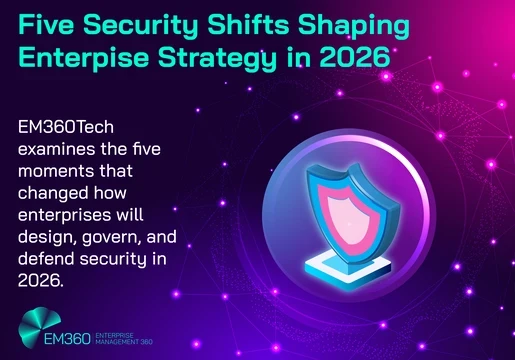The world of cybersecurity and cybersecurity trends are constantly evolving. Both security experts and hackers alike are constantly leveraging new technology and innovations in an attempt to outsmart each other.

At the same time, new landscapes are emerging and presenting customers with a range of unique challenges to consider. Everything from IoT to the rise of 5G has a part to play in how companies secure their data. Now more than ever, it’s crucial for every organisation to ensure they have the right defences in place to protect both business IP, and consumer information.
As we move towards a new year of potential disruption in the cybersecurity space, here are some of the trends you may have recognised in 2022.







Comments ( 0 )